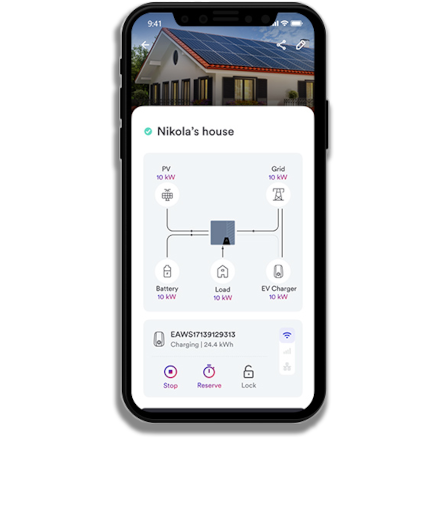2013-07-03
Solar PV projections: a closer look
This year in Australia, for example – despite our most bullish attempts to project demand – it looks exceedingly likely that we will once again see more solar installed than projected.
These observations prompted me to dig out some historical forecasts from the late 1980s and 90s and do my own analysis – the likely results are nothing short of astonishing.
On average, across ten different long-range forecasts (typically ten years forward) for wind and solar PV around the world, the predictions for uptake have been consistently underestimated by a factor of ten. That’s right, demand has been ten times higher than predicted. Looking at solar PV alone, the uptake has been even higher at 11.7 times the annual demand than even the wildest optimists could imagine. So I went back to my long-range forecasts for Australia’s solar market to 2030 and took another look. As a forecaster, I’m inherently conservative (although we always produce a range of scenarios) but I decided to go out on a limb this time and use the historical error to drive up my calculations.
A few important considerations quickly came up.
Firstly, data is now much more widely available, computed much faster and we have more historical trends to go by.
Secondly, the Australian industry has been growing from a base of close to zero, so large growth was inevitable in the early days and a slowing of that rate is equally inevitable as the market grows.
Thirdly, there is the issue of penetration both in terms of building stock and also grid penetration rates.
All these factors should reduce the quantum of variation in future forecasts, barring the completely unforseen. So for the sake of the argument, let’s not predict that we will all be out by a factor of ten times. Instead, let’s be ultra-conservative and simply predict that demand will be twice what we reasonably expect.
The Australian Energy Market Operator has accepted a high range of 18 GW of cumulative rooftop PV by 2030, and their caveats around this high range are already emerging. So potentially, using historical error as the basis, this could become 36 GW, and in all probability more, once non-rooftop solar is included too. So we’ll round up to 40 GW.
From: ecogeneration

































